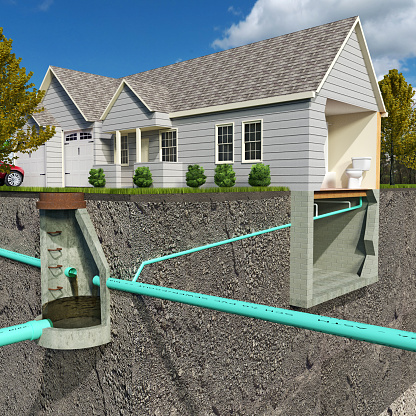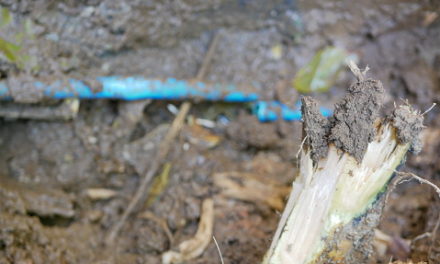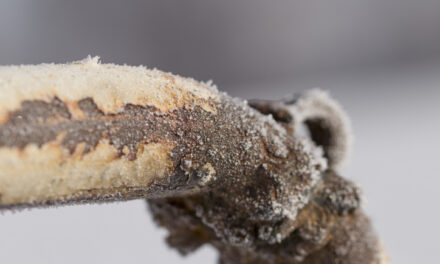There are many myths floating around on the internet about proper cesspool care but here at A&L Cesspool we know everything there is to know about sewer and drain services. Today we are flushing nine popular cesspool and septic tank misconceptions.
The Misconceptions:
- Pump-Outs are unnecessary. Your septic tank should be pumped out every two to three years. This is the best and least expensive way to keep your system working. The misconception has been propagated by companies selling septic additives. However there is no additive on the market that can guarantee the continued functioning of your septic system in the long term.
- Most objects can be flushed down the drain safely. Only human waste, wastewater, and toilet paper can be safely flushed. Nothing else should be flushed. Coffee grounds, feminine hygiene products, cat litter, grease, and oils should not be flushed down toilets. Flushing items other than human waste, wastewater, and toilet paper can lead to drain blockages, irreparable tank malfunctions, pipe damage, and even environmental degradation.
- Septic Systems have a maximum lifespan of 20 years. Many septic tanks can keep on trucking well beyond the 20th anniversary of their installation Some may even last 50 years if well maintained. On the other hand a poorly maintained cesspool may only last five years. The maintenance and regular pumping of your septic tank will determine its lifespan, not some arbitrary projected average number.
- Well-maintained septic tanks will never need to be replaced. While it is true that a well maintained cesspool can last well beyond 20 years even the most well maintained system will still need to be replaced eventually.
- It is okay to build structures on top of your septic tank. Placing a deck, patio, or shed over the spot where your septic tank is buried makes it difficult or impossible for us to access the septic tank when it needs pumping, repairing, or replacing. Placing structures above your septic system can also impact the breakdown of wastewater entering the drainage field leading to system backups. Only a grass lawn or water loving plants should ever be placed above your septic system.
- Flushing a dead mouse helps your septic system. It is unclear how this gruesome misconception got started but please do not flush a rodent down the toilet. As we stated previously only human waste, wastewater, and toilet paper can be safely flushed. Dead mice do not contain unique microbes that improve septic performance. Human waste already contains all the microbes necessary for the proper functioning of your system.
- Clogged septic systems must always be replaced. Many clogged septic systems can be fixed with maintenance making replacement unnecessary. Some of the most common causes of clogs can be solved with maintenance. These include indigestible solids entering the leaching bed and biomat growths or tree roots blocking the leaching pipes. A technique called “jetting,” which involves giving leaching pipes an internal pressure-wash can often solve these issues.
- Repairing a tank is cheaper than regular maintenance through pump-outs. The cost to pump a septic tank is usually only a few hundred dollars while the cost to replace an entire septic tank can be over $6000 and even repairing a tank can cost over $1,700. It is much more fiscally responsible and covenant to pay a few hundred dollars for pumping every few years than it is to repair or replace systems that have not undergone regular maintenance .
- Professional maintenance is not necessary for a septic system or cesspool. Performing professional maintenance regularly is essential to protecting your septic system and lengthening its operational lifespan. Septic system and cesspool experts can determine when your tank needs pumping, perform the pump-outs, and protect your property from poor drainage and clogs. Call A&L Cesspool for all of your septic and cesspool management needs.
Sources:
https://www.familyhandyman.com/article/5-top-myths-about-septic-systems/
https://www.angi.com/articles/5-common-myths-about-septic-systems.htm









